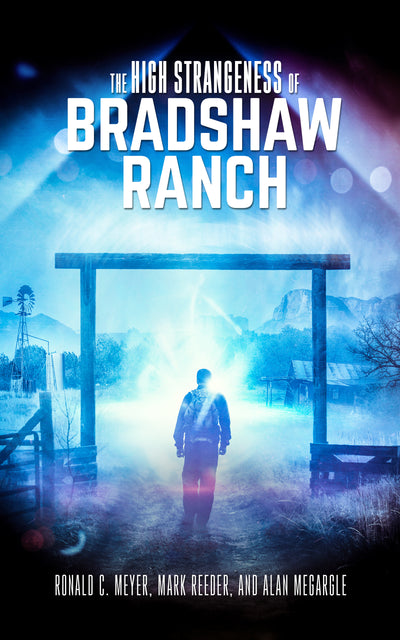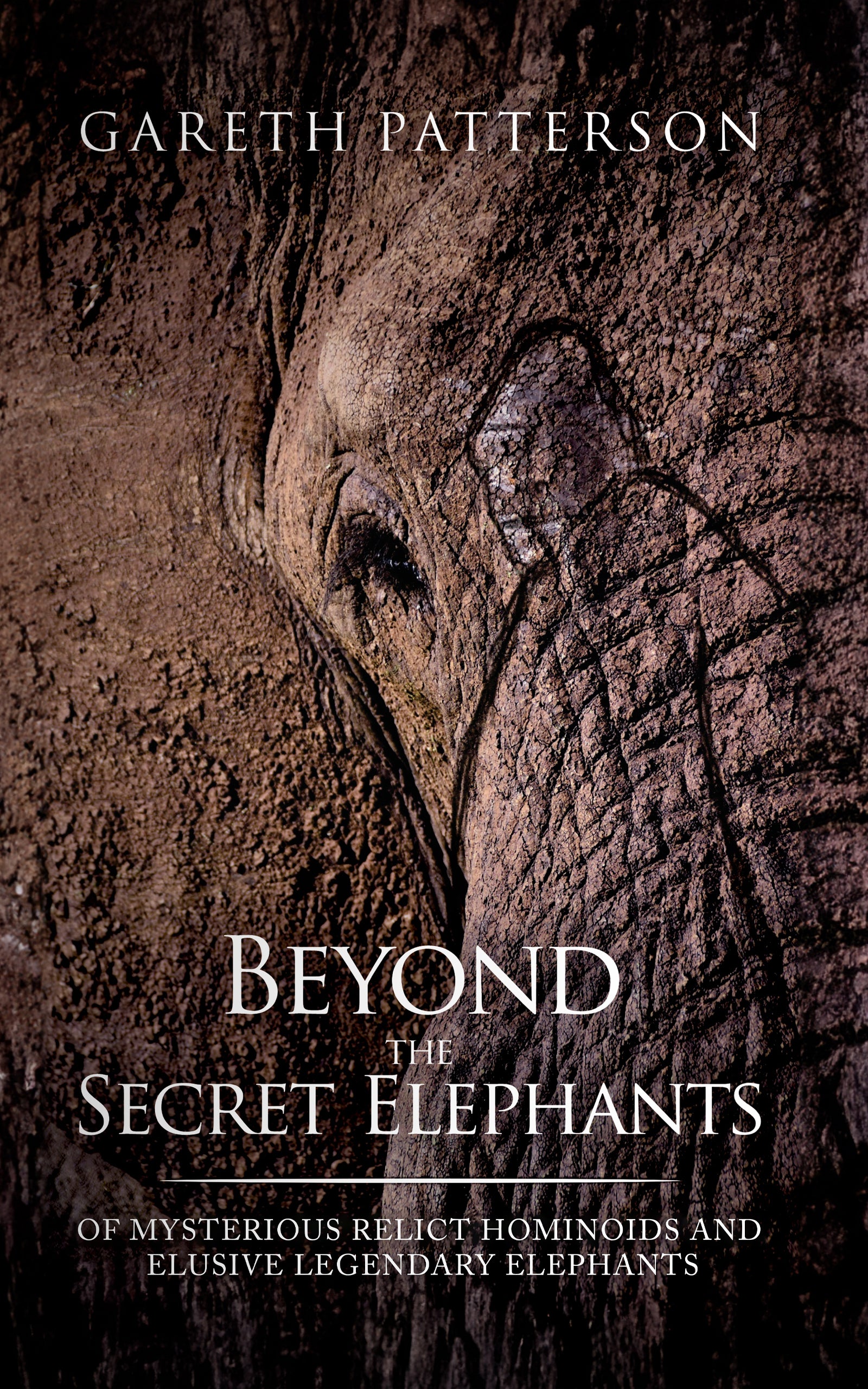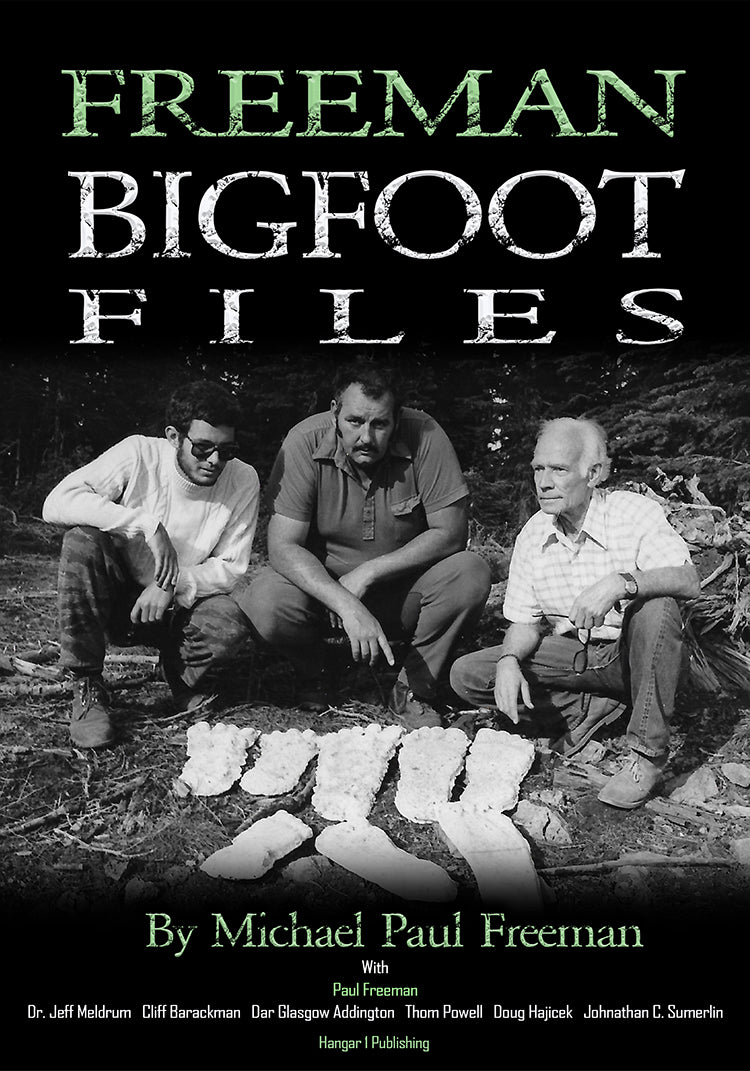Lake Titicaca Mysteries: What 40 Years of Sky-Watching Taught Me About South America's Strangest Waters

By Howard Callahan, Ufologist
Listen, when you've spent four decades tracking objects that defy physics over the Arizona desert, you develop a nose for places where the signal-to-noise ratio is worth investigating. Lake Titicaca has been on my radar for years, not because of sensational YouTube videos, but because the handful of documented mass sightings from the region show patterns I recognize from my own database.
But here's what makes this place different from your typical UAP hotspot: there's real, peer-reviewed archaeology happening underwater. There are engineering questions at nearby ruins that make even skeptical researchers pause. And there's a living indigenous cosmology that predates modern ufology by centuries. The challenge is separating what we can verify from what we want to believe.
So I did what I always do: I followed the data.
What Actually Lies Beneath These Waters
The legend talks about a lost city called Wanaku swallowed by the lake. Tour guides love this story, and for good reason. It's dramatic. The problem? Like most legends, the reality is both less spectacular and more interesting.
Here's what we know from actual expeditions. Back in 1968, Jacques Cousteau took a submarine down there and found nothing. Twelve more expeditions followed with similar results. Then in August 2000, an Italian-led team called Akakor Geographical Exploring finally hit paydirt.
They discovered a pre-Inca temple structure measuring 200 by 50 meters at about 20 meters depth, along with an 800-meter retaining wall and traces of a paved road. The artifacts they found matched the style of the nearby Tiwanaku culture, dating the complex to between 1,000 and 1,500 years ago. Not ancient aliens. Not Atlantis. Just really old human engineering that got flooded.
The more recent work is even better. In 2019, a team led by Christophe Delaere published findings in the Proceedings of the National Academy of Sciences about systematic underwater excavations at Khoa Reef near the Island of the Sun. They used ROVs and sonar to map the site, then brought up ceramic feline incense burners, sacrificed juvenile llamas, and gold figurines.
The radiocarbon dating confirmed these were ritual offerings from both the Tiwanaku period (500-1100 CE) and later Inca use (1400-1532 CE). These weren't lost cities. They were sacred underwater locations where ancient peoples deliberately placed precious objects to honor lake deities.
The science here is solid. Multiple institutions collaborated on these excavations, and the peer-reviewed publications are available for anyone to read. This is how you do archaeology right.
The Pumapunku Engineering Puzzle
Now we get to the stones that launched a thousand ancient astronaut theories. I've never been to Pumapunku myself, but I've studied the claims carefully because they follow a pattern I see often in UFO research: take something genuinely mysterious, ignore the boring explanations, and jump straight to aliens.
The Pumapunku complex near Tiwanaku features massive stone blocks cut with precision that impresses modern engineers. Some blocks weigh over 100 tons. The famous H-blocks have supposedly "laser-like" precision. Ancient astronaut proponents point to these as proof of non-human technology.
But here's what changed my mind: in 2018, archaeologist Alexei Vranich published 3D scanning analysis of these blocks. His team used photogrammetry and laser scanning to create exact digital models that you can actually download and 3D print yourself.
The results? The blocks aren't identical. They're not interchangeable. Each one was custom-fitted to its specific location, which is exactly what you'd expect from skilled manual labor. More interesting to me: Vranich showed that the architectural styles at Pumapunku have clear precedents in earlier local cultures like Chiripa and Pukara. This wasn't sudden knowledge from the sky. It was a local evolution of design.
The dating also matters. A 2023 Bayesian analysis of 102 radiocarbon dates established that Tiwanaku's main monuments were built between 580 and 710 CE. Not 17,000 years ago as some claim. The society collapsed around 1010 CE, well before any major drought.
As for the stone types, geochemical analysis traced them to known quarries. The red sandstone came from Kimsachata mountain about 10 kilometers away. The andesite for those famous H-blocks was quarried at Cerro Khapia volcano on the Copacabana Peninsula, then transported 90 kilometers across the lake. Experimental archaeology has shown that reed boats could handle this weight.
The precision cutting? Archaeologist Jean-Pierre Protzen demonstrated you can achieve flat planes using harder stone hammers and systematic work with straightedges. Microscopic analysis reveals pecking and grinding marks consistent with these tools, not modern saws.
The geopolymer theory, which claims the stones are ancient concrete, gets cited a lot. But mainstream petrographic analysis confirms these are natural andesite and sandstone from regional sources. I've read the papers on both sides, and the geopolymer claims haven't been replicated by independent labs.
The Sky Lights: What I Found in the UAP Database
This is where my expertise comes in. I've been tracking UAP reports since 1977, and I know how to separate wheat from chaff. Lake Titicaca has a reputation as a UFO hotspot, but when I pulled the data from NUFORC and other databases, I found something interesting: not many reports, but the ones that exist are high-quality.
On March 29, 2001, thousands of citizens across La Paz, Cochabamba, and Potosi reported an oval object hovering for four hours. TV crews filmed it. The object allegedly landed on a mountain in Potosi. NUFORC notes the evidence hasn't been independently verified, but mass sightings with multiple witnesses are harder to dismiss than single-observer reports.
Three days earlier, on March 26, someone reported a huge silver disk larger than a jumbo jet hovering over La Paz for three hours. Again, multiple hours of observation.
In November 2013, a tourist photographed a purple spherical object flying over the Island of the Moon. The photo exists. Whether it shows something anomalous or prosaic is debatable, but it's documented.
The most intriguing report came in 2015 from someone claiming to have analyzed 44 years of satellite imagery showing objects unique to Lake Titicaca. They noted a drastic decline after 2003, possibly due to better imaging technology. That matches a pattern I've observed: as our surveillance gets better, some phenomena become less frequent. Make of that what you will.
In 2022, Telemundo covered a resident's claim of filming a metallic object that submerged into the lake then shot back into space. I'd need to see the footage and metadata to evaluate it properly.
Here's what separates this from other supposed hotspots: Peru has an official Air Force office called DIFAA (Departamento de Investigación de Fenómenos Aéreos Anómalos) that was re-established in 2013. Their mandate is to study anomalous aerial phenomena affecting air safety. They've stated that 5% of investigated sightings remain unexplained.
Bolivia, interestingly, has no equivalent official body that I could find. This cross-border gap makes comprehensive investigation difficult.
For comparison, we have a control case: the 2007 Carancas meteorite impact near the Bolivian border. It created a 13.5-meter crater, was thoroughly documented by scientists, and gives us a baseline for how a real, high-energy atmospheric event gets recorded in this region.
The Portal That Appeared in 1996
I need to talk about Aramu Muru because it perfectly illustrates how modern myths get created. The "Gate of the Gods" is a T-shaped rock carving near Juli, Peru, that supposedly functions as an interdimensional portal. The story has all the elements: ancient priests, golden disks, people who walked through and vanished.
Here's the problem: the narrative first appeared in the mid-1990s, popularized by local tour guide José Luis Delgado Mamani in 1996. He discovered the site and began sharing the portal story with tourists.
I've searched colonial chronicles, pre-1990s archaeological texts, and ethnographic studies. There are no references to this site or its alleged portal function before the 1990s. The physical structure is real: a carved niche in natural rock. But there's no archaeological evidence like associated artifacts or inscriptions to suggest it was an active Inca or Tiwanaku portal.
Does that mean nothing happened there? Not necessarily. The site has become a powerful destination for spiritual seekers and New Age practitioners. Modern ceremonies happen there regularly. But that's contemporary sacred space, not ancient verification of interdimensional travel.
This is a case study in how easily myth-making happens when ancient landscapes meet modern esoteric interests. I see the same pattern in UFO research: someone has a genuine experience or finds something unusual, the story gets embellished through retelling, and within a generation it's treated as ancient knowledge when it's actually quite recent.
Why These Structures Got Submerged
The most compelling explanation for Lake Titicaca's underwater ruins isn't catastrophe or conspiracy. It's climate change over millennia, documented through paleolimnological studies.
A 2023 study used organic carbon isotopes from 13 sediment cores to create a high-resolution model of water levels over the past 6,000 years. The data shows dramatic fluctuations that would have alternately exposed and flooded vast shoreline areas.
Between 4000 and 2400 BCE, the lake level dropped by as much as 85 meters. The southern basin nearly dried up. Then from 2400 to 1500 BCE, it rose rapidly by about 15 meters, flooding areas that had been dry land.
Around 500 CE, another major rise to near-modern levels occurred. This would have inundated coastal ceremonial centers, potentially forcing migration inland. Interestingly, this coincides with the rise of the Tiwanaku state, which was located on higher ground.
The study found no evidence of major tectonic tilting during the Holocene. The mechanism is straightforward: climate-driven precipitation changes caused water level fluctuations. A settlement built during a low-water period would inevitably flood during a subsequent wet period. No cataclysm required.
This is the kind of data I wish more mystery enthusiasts would engage with. It's not as dramatic as a lost civilization destroyed overnight, but it's what actually happened.
The Indigenous Perspective
Before I wrap up, I need to acknowledge something. Lake Titicaca is sacred to the Aymara and Quechua peoples. It's not just a location. It's the origin point of their world.
The Isla del Sol is where the creator god Viracocha emerged to create the sun and moon. It's where the first Inca rulers came from. These aren't just tourist stories. They're living cosmology.
Archaeological research confirms the island's importance. The Sacred Rock on Isla del Sol was covered in gold and silver cloth. Evidence suggests pillars on a ridge marked the June solstice sunset, corresponding to the Inti Raymi festival.
The Aymara cosmology includes reverence for mountain peaks as guardian spirits and beliefs about spirits dwelling underground or in springs. When investigating these mysteries, we need to distinguish between indigenous cosmology and ufology. These are complex worldviews that deserve respect, not appropriation for external narratives.
If You're Planning Your Own Investigation
Tourism drives a lot of the economy around Lake Titicaca. The Tiwanaku site is a UNESCO World Heritage location. Isla del Sol and the Uros Islands generate substantial income for local communities through boat transport and homestays.
But tourism also creates problems. From 2017 to late 2019, disputes between northern and southern communities on Isla del Sol led to the complete closure of the northern part of the island to tourists. Revenue conflicts can severely impact local livelihoods.
If you're going to investigate these sites, do it right. Archaeological work requires official permits from the Peruvian Ministry of Culture or SERNANP for the reserve. Underwater sites are protected under UNESCO's 2001 Convention.
Respect that many of these "mystery" sites are active ceremonial locations. The Aramu Muru tours are popular, but follow local rules. Don't touch or move artifacts. Engage with local indigenous communities to understand their perspectives and ensure tourism benefits them directly.
The best research happens when you prioritize site preservation over sensational discovery. Adhere to visitor limits. Stay on designated paths. If you're serious about documentation, study the UNESCO World Heritage maps with precise geographic coordinates before you go.
For underwater investigation, the 2019 PNAS study supplementary information includes detailed data from the Khoa Reef excavations. The 3D scan data of Pumapunku blocks is publicly available for download and analysis.
What I Take Away From All This
After four decades of sky-watching, I've learned that the most interesting mysteries are usually the ones we can verify piece by piece. Lake Titicaca isn't Atlantis. It's not proof of ancient aliens. But it is a place where sophisticated pre-Columbian cultures built impressive ceremonial centers, conducted elaborate underwater rituals, and left behind engineering that still impresses us today.
The UAP reports from the region are sparse but interesting. The handful of mass sightings with multiple witnesses and extended observation times deserve serious attention. The lack of a Bolivian equivalent to Peru's DIFAA means half the region has no official investigation mechanism, which creates gaps in the data.
The underwater archaeology is real and ongoing. Teams like Christophe Delaere's are doing systematic work with peer-reviewed results. The climate science explains the submergence naturally without requiring catastrophes. The engineering at Pumapunku is impressive but achievable with known techniques and documented local evolution.
What we don't have is evidence for the extraordinary claims. No interchangeable machine-precision blocks. No verified ancient portals. No substantiated reports of a sprawling underwater city. The modern myths, like Aramu Muru, trace back to specific recent origins we can document.
That doesn't make Lake Titicaca less interesting. It makes it more interesting, because what's actually there is complex, culturally significant, and still being uncovered through careful research. The intact Inca offering boxes found underwater tell us about ritual practices. The water level fluctuations show how climate shaped civilization. The architectural evolution demonstrates human ingenuity without requiring external intervention.
My advice? Go look at the data yourself. Download the 3D models. Read the peer-reviewed studies. Pull the NUFORC reports. Visit if you can, but do it with respect for the indigenous communities who consider this sacred ground.
After 40 years of documentation, I've learned that the truth is usually more layered than either the debunkers or the true believers want to admit. Lake Titicaca's mysteries are real, but they're the mysteries of human history, cultural evolution, climate change, and the occasional unexplained light in the sky. That's more than enough to keep me interested.
And who knows? Maybe one night, someone with proper equipment will capture definitive footage of something over those waters that can't be explained away. When that happens, I hope they document it the way I've been documenting the Arizona skies: systematically, honestly, and with respect for both the evidence and the people who live there.
Until then, the stones, the water, and the stories will keep drawing researchers to this high-altitude lake. As they should.
From Bigfoot to UFOs: Hangar 1 Publishing Has You Covered!
Explore Untold Stories: Venture into the world of UFOs, cryptids, Bigfoot, and beyond. Every story is a journey into the extraordinary.
Immersive Book Technology: Experience real videos, sights, and sounds within our books. Its not just reading; its an adventure.


























